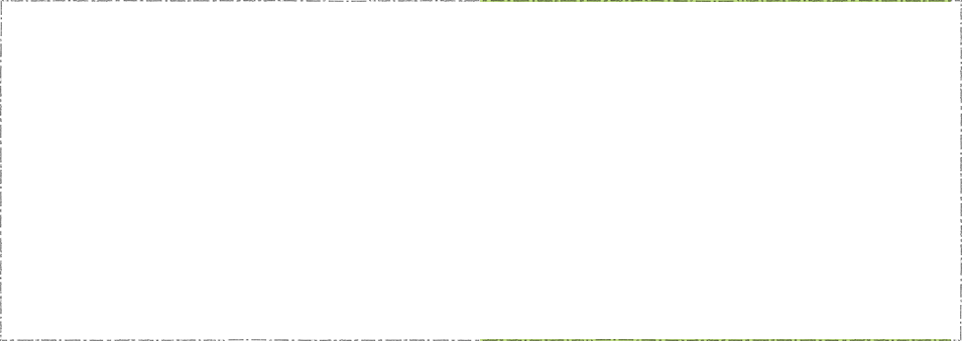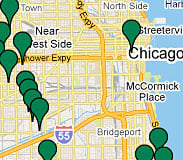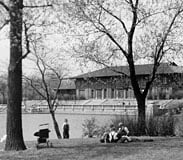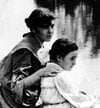by Julia S. Bachrach, Chicago Park District Historian
Since the early 1990s, the Chicago Park District has worked closely with advisory councils and various neighborhood nonprofit organizations to produce framework plans for many regional and some neighborhood parks. The purpose of a framework plan is to create a long-term plan for the park that responds to diverse neighborhood needs, as well as the historic context of the park. For example, the Lincoln Park Framework Plan included intensive analysis conducted by a team of Chicago Park District staff members, consultants, and volunteers. The team identified more than 200 historic resources in Lincoln Park, ranging from historic buildings and sculptures to decorative walls and landscapes. The Historic Resource Policies set forth by the Lincoln Park Framework Plan assert that the parks historic resources, including landscapes, shall be protected and rehabilitated in an appropriate manner and that features critical to historic character will be treated with utmost sensitivity. The framework plan also recommended that Lincoln Park should be nominated to the National Register of Historic Places, and the data collected for the plan did provide the basis for the nomination, which was officially adopted in 1994.
In instances such as Lincoln Park, the historic analysis was conducted as part of the development of the framework plan. In other cases, the preparation of framework plans can rely on the intensive data gathered for the nomination of parks that have already been listed on the National Register of Historic Places. For those properties that have not received framework plans, the landmark nomination forms themselves are useful planning tools for the park district, as they explain the significance and historic integrity of properties and identify all of the features (buildings, structures, objects, and sites) that contribute to the historic property.





















